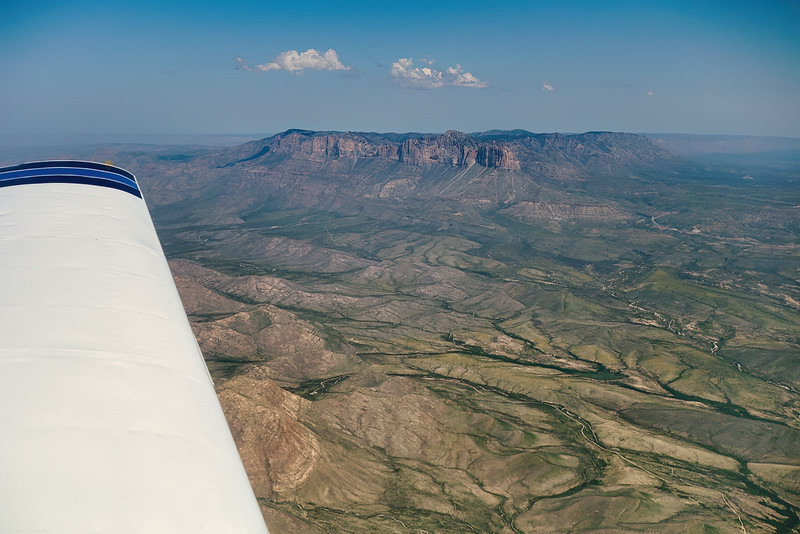JH35209
Filing Flight Plan
- Joined
- Oct 2, 2021
- Messages
- 6
- Display Name
Display name:
JH35209
Hi all, this is my first post to the forum. I'm purchasing a PA28-181 (Archer III) in Philadelphia and will be flying it home to Orange County (just south of Los Angeles) at the end of October. The plane's service ceiling is about 11,000 MSL. Given the time of year and desire to avoid the altitude and risks of flying over the Rockies, can anyone guide me toward routing advice based on experience? Any feedback or suggested sites would be appreciated.



